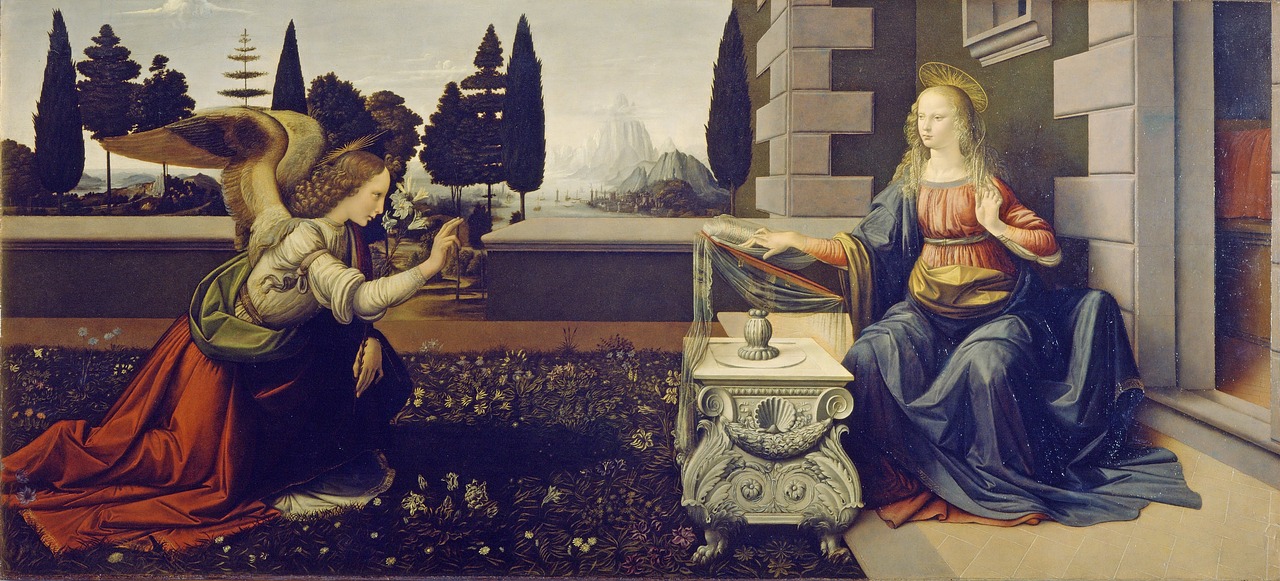The Renaissance, a period of profound cultural and intellectual transformation, is a pivotal chapter in human history. Spanning from the 14th to the 17th century, this era marked the transition from the medieval to the modern world, leaving an indelible mark on art, science, literature, and society as a whole. In this blog post, we’ll take a journey through the Renaissance, exploring its origins, key figures, and enduring legacy.
The Birth of the Renaissance:
The Renaissance, which means “rebirth” in French, originated in Italy during the late 14th century. It was a reaction to the centuries of stagnation that followed the fall of the Roman Empire. The revival of interest in the classical works of Greece and Rome became a central theme of the Renaissance, igniting a renewed passion for learning and discovery.

Key Figures and Their Contributions:
- Leonardo da Vinci: Perhaps the quintessential Renaissance man, da Vinci was a painter, sculptor, architect, scientist, and inventor. His works like the Mona Lisa and The Last Supper are iconic, and his notebooks are filled with groundbreaking scientific observations.
- Michelangelo: Known for his masterpieces like the Sistine Chapel ceiling and the statue of David, Michelangelo’s artistry redefined the possibilities of human expression.
- Galileo Galilei: This Italian astronomer and physicist played a pivotal role in the Scientific Revolution. So, he championed the heliocentric model of the solar system and made groundbreaking astronomical observations.
- Dante Alighieri: Dante’s “Divine Comedy” is a literary masterpiece that takes readers on a journey through Hell, Purgatory, and Heaven. It is considered one of the greatest works of world literature.
The Renaissance’s Enduring Legacy:
The Renaissance’s legacy extends far beyond its historical confines. It laid the groundwork for the Enlightenment, the Scientific Revolution, and the modern world. So, the emphasis on humanism, individualism, and the pursuit of knowledge helped shape our contemporary values and institutions.
Artistic techniques developed during the Renaissance, such as linear perspective and chiaroscuro (the use of light and shadow), continue to influence art today. Therefore, the Renaissance also had a profound impact on architecture, leading to the construction of iconic structures like St. Peter’s Basilica in the Vatican City.
In conclusion, the Renaissance was a transformative period that ushered in a new era of human achievement and innovation. Its influence can still be felt in our culture, art, science, and philosophy. So, as we reflect on this remarkable chapter in history, we can appreciate the enduring power of human creativity and the pursuit of knowledge.

